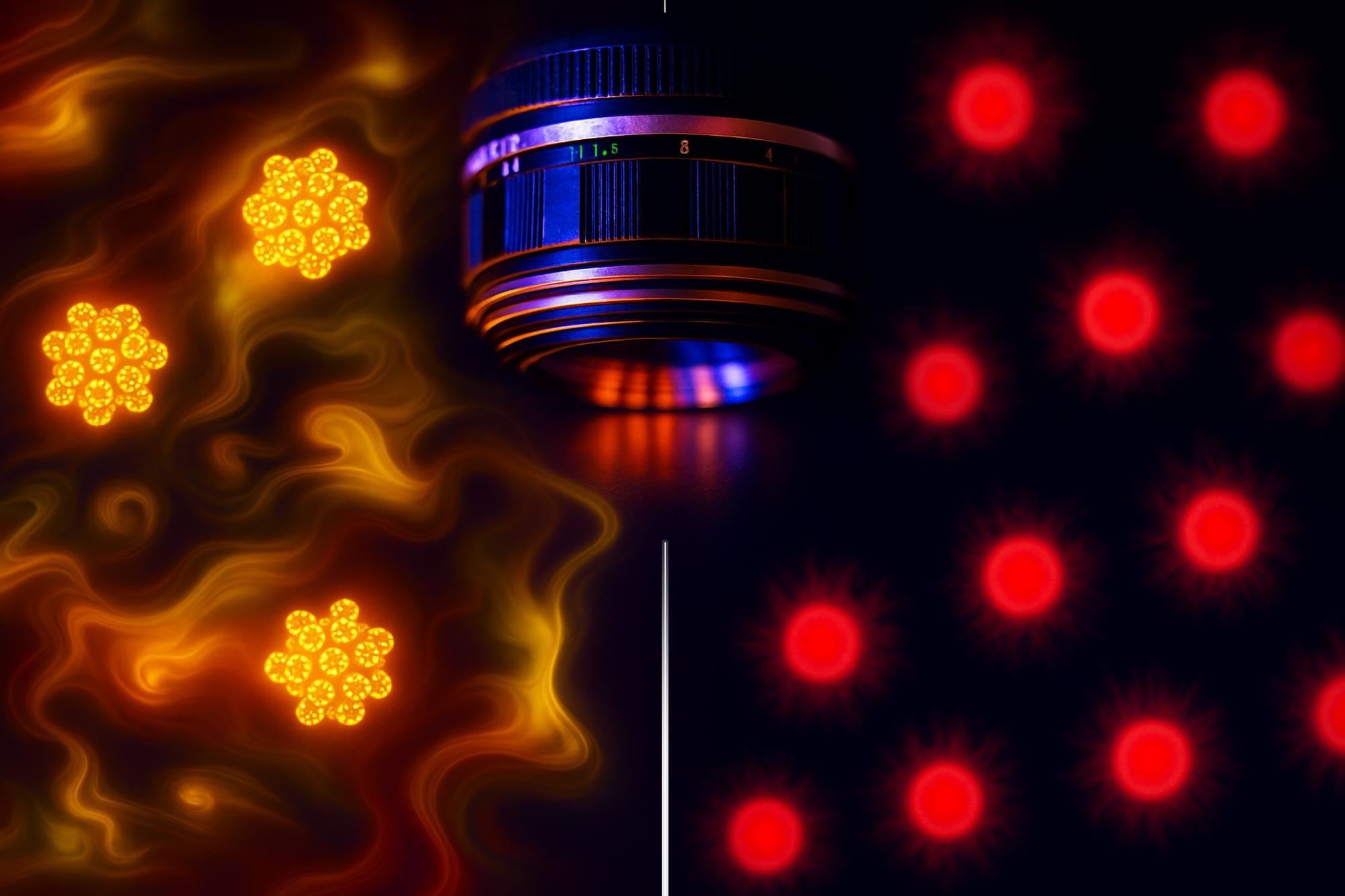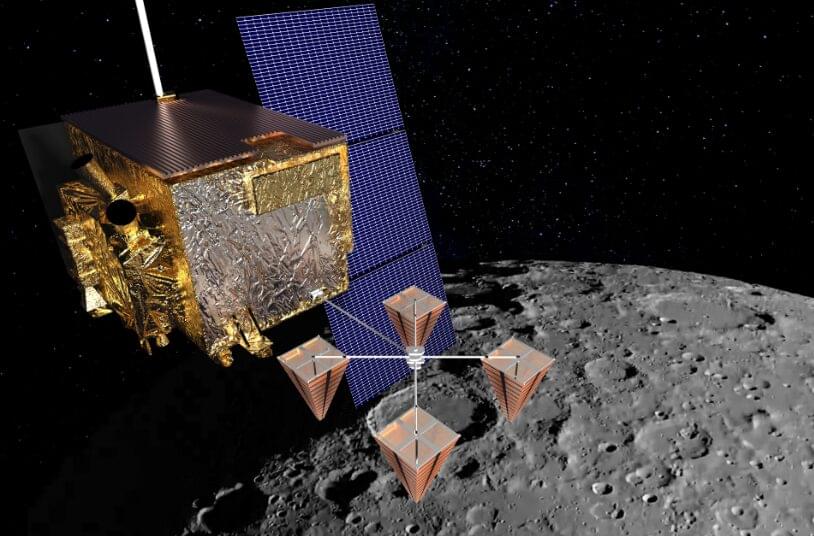HELSINKI — China is preparing to launch new modules to its Tiangong space station to meet growing demands for science and potentially boost international cooperation.
The Long March 5B, currently China’s most powerful rocket, is slated to launch new Tiangong modules, according to an official with China’s state-owned main space contractor.
“According to the plan, the Long March 5B rocket will also carry out the future launches of additional modules for the crewed space station,” Wang Jue from China Aerospace Science and Technology Corporation (CASC) told China Central Television (CCTV) April 30.







